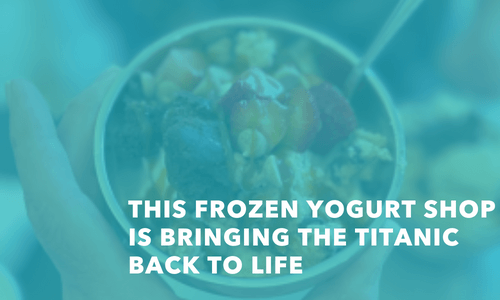The Final Straw: Paper Straws Are Booming, But Should They Be?
In the wake of the plastic straw debate and ensuing bans, paper straws have come up as a popular choice. But how effective are they as straws and do they really have less of an environmental impact than plastic?
The Paper Straw Boom
With major companies like McDonald's, Starbucks, and Disney discontinuing the use of plastic straws and U.S. cities and states moving to ban them completely, companies that make paper straws have seen a dramatic increase in sales. Paper straws have been touted as a perfect alternative because of their similar production costs and largely bio-degradable nature. Most paper straws can be composted and they typically break down in 30 to 60 days. Even if they end up in the water, they should decompose in just six months.
How Effective Are They As Straws Though?
While there are many strong supporters of paper straws, there has been some push-back. Many people are very put off by the idea that a paper straw will disintegrate after several hours in a liquid. Certainly, the concept of a mushy straw in your mouth is not a pleasant one, and some have said that the flavor of your beverage will take on a paper-like taste. Indisputably, paper straws cannot be used for hot or warm beverages. Even the companies who make them are sure to include warnings on their websites and labels that using a paper straw with a hot drink will make it disintegrate very quickly and can be dangerous for the user.
Environmentally, paper straws might not be the straw's saving grace that it appears to be. The carbon footprint of a paper manufacturer is significant wherever you are, but even larger than that of plastic in some parts of the world. While paper straws can be composted, they must be made of 100% recyclable material. This becomes a challenge if they're treated with the same food-safe plastic film used on disposable coffee cups or if they are designed with patterns made by colored dyes. Composting is the only option, as they are not accepted by standard recycling facilities because they are contaminated with food products.
Many groups have latched on to plastic straws as the main contributor to the ocean's ever-growing inundation of plastic. Theoretically, it sounds simple to not use straws in our beverages at all, but there are many people who need straws to drink anything due to physical limitations. We use also use plastic utensils for all kinds of food. Every year in the U.S. approximately 1.5 billion gallons of ice cream and similar desserts are produced. Whether we're trying to eliminate plastic spoons, forks, or straws, we have to find an alternative that is undoubtedly better for the environment and suitable for all members of our society.





